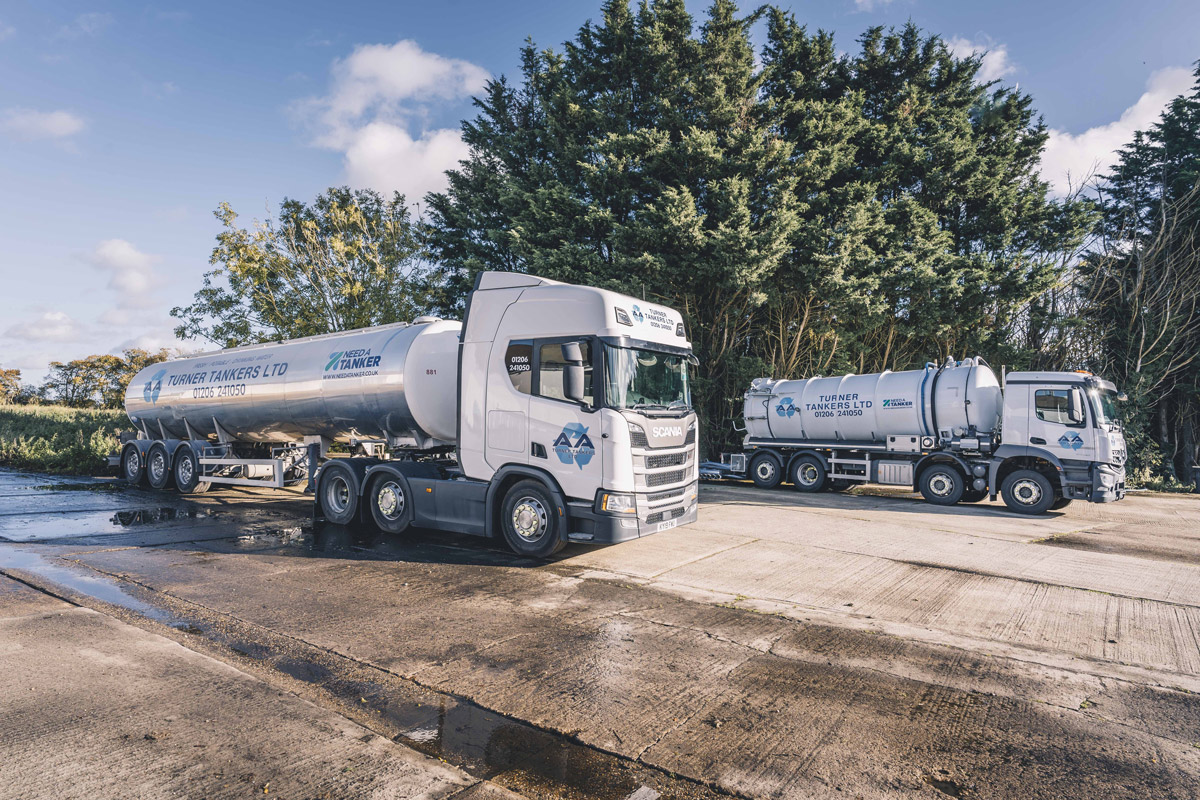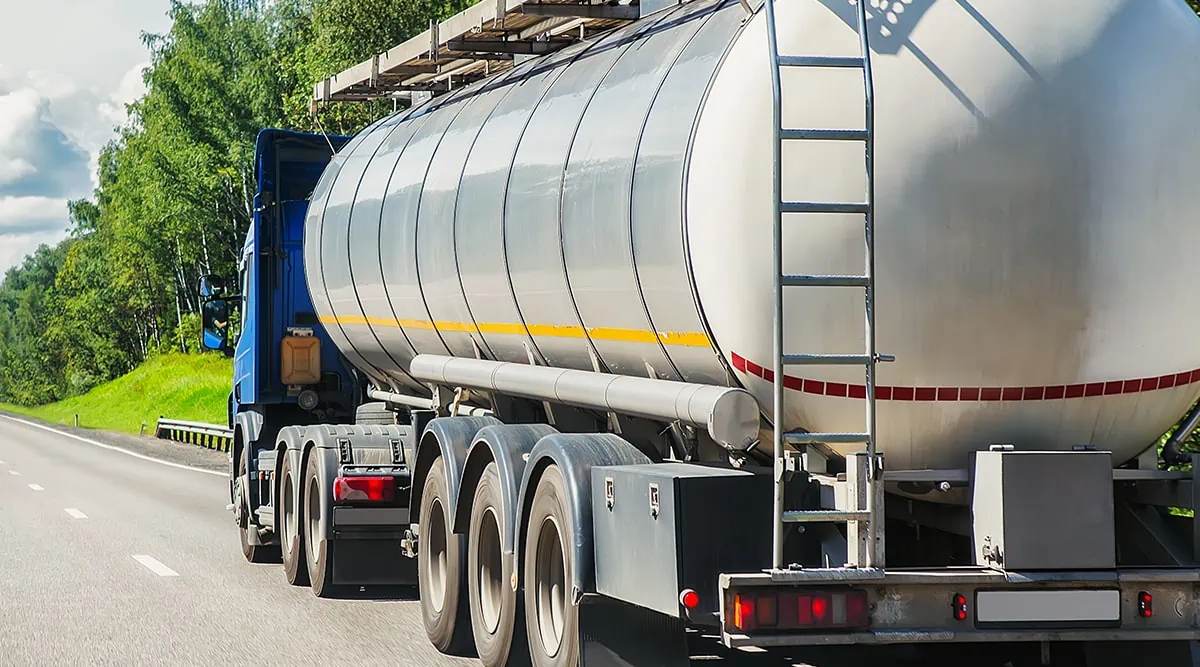Reclaim Waste - The Facts
Reclaim Waste - The Facts
Blog Article
The 6-Minute Rule for Reclaim Waste
Table of ContentsThe Ultimate Guide To Reclaim WasteNot known Factual Statements About Reclaim Waste Our Reclaim Waste IdeasGetting My Reclaim Waste To WorkNot known Details About Reclaim Waste
Domestic sewer waste refers to the waste and items from a property septic storage tank. The proper management and disposal of domestic sewer waste call for fluid waste to be transferred to a sewer therapy plant where the correct methods and equipment are used to purify and dispose of waste.
Commercial waste typically consists of possible threats, such as combustible products or a combination of fluid and strong waste products, and requires a more advanced and thorough disposal procedure. The disposal of business waste commonly entails the purification of waste prior to transport to guarantee safe and appropriate disposal. Hazardous waste is produced from results and overflow of commercial processes and manufacturing.
This kind of waste can not use the exact same sewer monitoring transport or procedures as septic or commercial liquids. The industrial waste administration procedure needs the inspection and testing of liquid waste before it goes through the disposal procedure (liquid waste removal melbourne). Overflow waste is the liquid waste that comes from overflow and excess stormwater in extremely inhabited areas or cities
Overflow waste can trigger contamination and flooding if not taken care of effectively. Find out more about sewer cleansing and waste administration. Making sure appropriate waste administration can stop catastrophes and minimize ecological injury. Both people in household setups and specialists in industrial or manufacturing sectors can gain from recognizing the processes and laws of fluid waste management.
Reclaim Waste - An Overview
Contact PROS Services today to find out regarding our waste administration and disposal services and the appropriate ways to look after the liquid waste you generate.
(https://pxhere.com/en/photographer-me/4429814)Do you know what takes place to your water when you draw the plug, purge the toilet or drain pipes the cleaning equipment? No? Well, it deserves understanding. This so-called 'wastewater' is not only a vital source but, after treatment, will certainly be released to our land, rivers or the sea. Used water from commodes, showers, baths, cooking area sinks, washings and industrial procedures is known as wastewater.

water utilized to cool down machinery or tidy plant and devices). Stormwater, a form of wastewater, is drainage that flows from farming and urban locations such as roofing systems, parks, gardens, roadways, paths and rain gutters right into stormwater drains, visit here after rain. Stormwater flows untreated directly to local creeks or rivers, at some point getting to the ocean.
Reclaim Waste Fundamentals Explained
In Queensland, the majority of wastewater is treated at sewer therapy plants. Wastewater is carried from residential or industrial sites through a system of sewage systems and pump stations, understood as sewerage reticulation, to a sewage treatment plant.
The Department of Natural Resources advises regional governments about managing, operating and keeping sewage systems and treatment plants. In unsewered locations, city governments might require householders to set up private or home sewer treatment systems to treat residential wastewater from toilets, kitchens, shower rooms and washings. The Department of Natural Resources authorises the use of house systems when they are proven to be reliable.
Most stormwater gets no therapy. In some new neighborhoods, treatment of some stormwater to get rid of litter, sand and gravel has actually started making use of gross toxin traps. Wastewater treatment occurs in four stages: Removes solid issue. Larger solids, such as plastics and other items incorrectly released to drains, are removed when wastewater is passed via screens.
Wastewater then flows right into large tanks where solids clear up and are gotten rid of as sludge. Grease and residue are skimmed from the surface. Utilizes little living microorganisms referred to as micro-organisms to damage down and remove continuing to be dissolved wastes and fine fragments. Micro-organisms and wastes are included in the sludge. Eliminates nitrogen and phosphorus nutrients that could trigger algal flowers in our waterways and endanger water life.
Reclaim Waste Fundamentals Explained
Nutrient removal is not available in any way sewer therapy plants due to the fact that it needs costly specialised devices. It is coming to be more usual in Queensland. Clear liquid effluent generated after treatment might still contain disease-causing micro-organisms. If this effluent is launched right into waterways such as rivers or the sea, the micro-organisms will at some point pass away out.

The majority of wastewater streams into the sewage system. Under the Act, regional governments provide approvals and licences for ecologically appropriate activities (Periods) entailing wastewater releases that could have a local influence.
Reclaim Waste Fundamentals Explained
Surveillance provides factual details about water high quality and can verify that licence problems are being met. The details obtained via tracking supplies the basis for making water quality choices.
Report this page